Birds of MalaysiaCovering Peninsular Malaysia, Malaysian Borneo and Singapore
Price range: $57.54 through $62.66
“This new field guide will be much appreciated by birders visiting both parts of Malaysia because they no longer need to carry two different guides. The guide includes 851 species and is in the format of the increasingly familiar Lynx and BirdLife International design. In particular, the inclusion of clear distribution maps alongside the illustrations and the text opposite the relevant plates makes this very practical in the field.”
Frank Lambert, The Birder’s Library, 6 October 2020
Weight
1.1 kg
Size
16 × 23 cm
Language
English
Format
Flexi-cover, Hardback
Pages
416
Publishing date
July 2020
Published by
Lynx Edicions
Description
The country of Malaysia comprises two halves separated by the South China Sea, the Peninsula and East Malaysia, the latter made up of the states of Sabah and Sarawak. In addition, this new guide also fully covers the independent Republic of Singapore, off the southern tip of the Malay Peninsula.
Most of the many Bornean endemic birds can be found in East Malaysia, including a dazzling array of pheasants, frogmouths, trogons, pittas, thrushes, and two of the most recently described birds in the world, Spectacled Flowerpecker and Cream-eyed Bulbul, both named to science only in 2019.
The peninsula boasts some of the best lowland forest reserves in the Sundaic region, including the world-renowned Taman Negara National Park, as well as a variety of highland endemics at famous hill station birding sites like Fraser’s Hill.
Three monospecific and particularly striking families, the Pityriasidae (Bornean Bristlehead), Platylophidae (Crested Jay) and Eupetidae (Rail-babbler), are best searched for in Malaysia, making the country an essential destination for ‘family collectors’.
In addition to taking account of all the most recent taxonomic developments at the time of writing, the authors also highlight some potentially forthcoming changes. Complementing the plates, maps and species texts, the book’s introduction describes the region’s landscapes, habitats and climate, and provides tips on birding in Malaysia and Singapore, along with brief details of 50 of the best sites to visit.
Whether you are planning a comprehensive birding tour of the Peninsula and/or northern Borneo, or only to ‘escape’ for a few days while in Singapore, this new guide covers it all.
- Taxonomy follows the HBW and BirdLife International Illustrated Checklist of the Birds of the World.
- Detailed texts covering status, habitat and behaviour, age, sex and geographical variation, voice, and confusion species.
- Over 1825 illustrations covering all species and distinctive subspecies, birds in flight, males and females, juveniles and non-breeding plumages, where appropriate.
- QR code for every species, linked to complementary audio-visual material.
- More than 775 full-colour range maps for all regularly occurring species.
- Well-marked subspecies groups receive full accounts, and the distributions of subspecies breeding in the region are clearly mapped.
- Local species names included.
Features:
- 851 species; 67 endemics or near-endemics, 28 introduced, 101 vagrants.
- Over 1825 illustrations and more than 775 distribution maps.
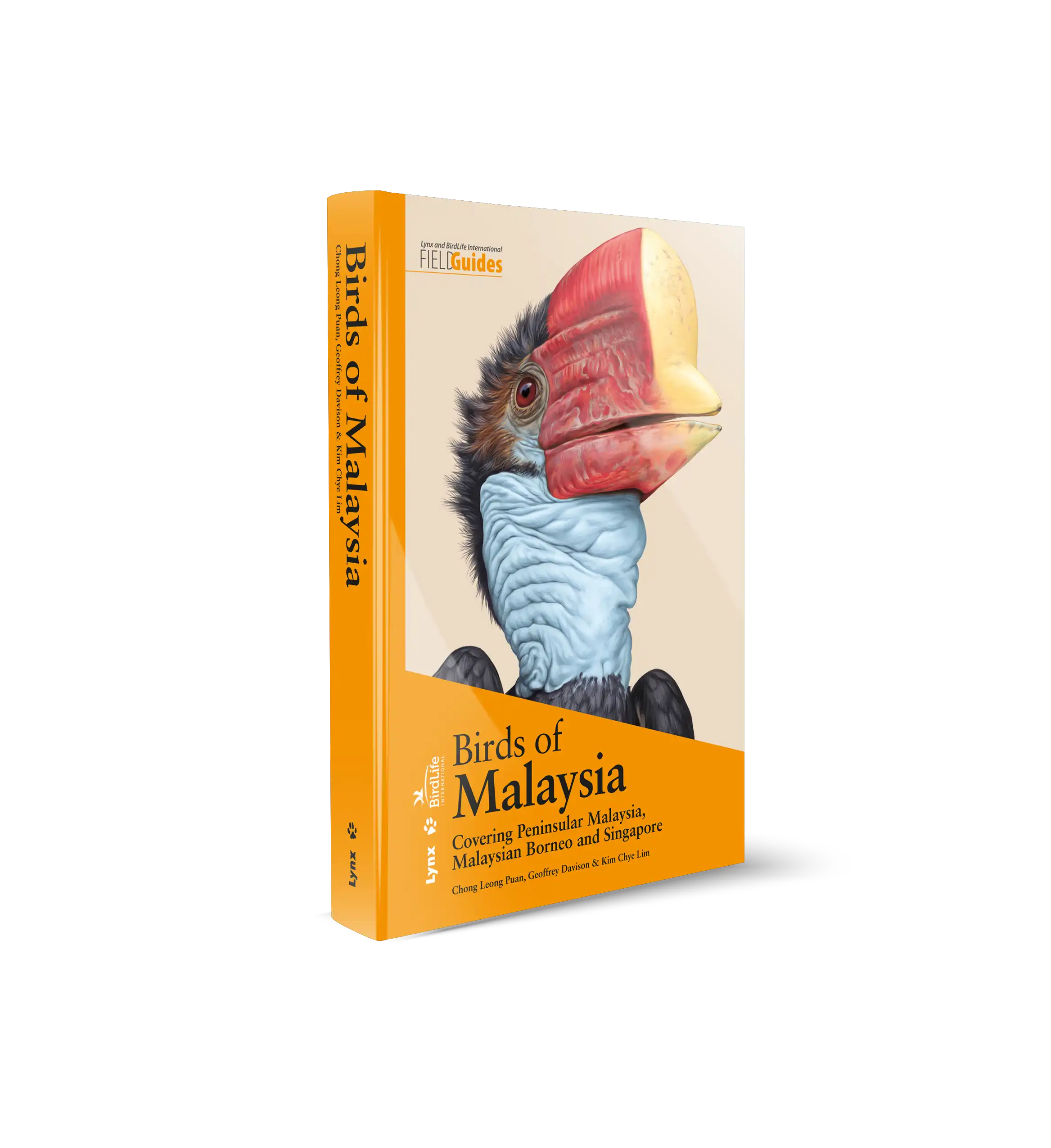
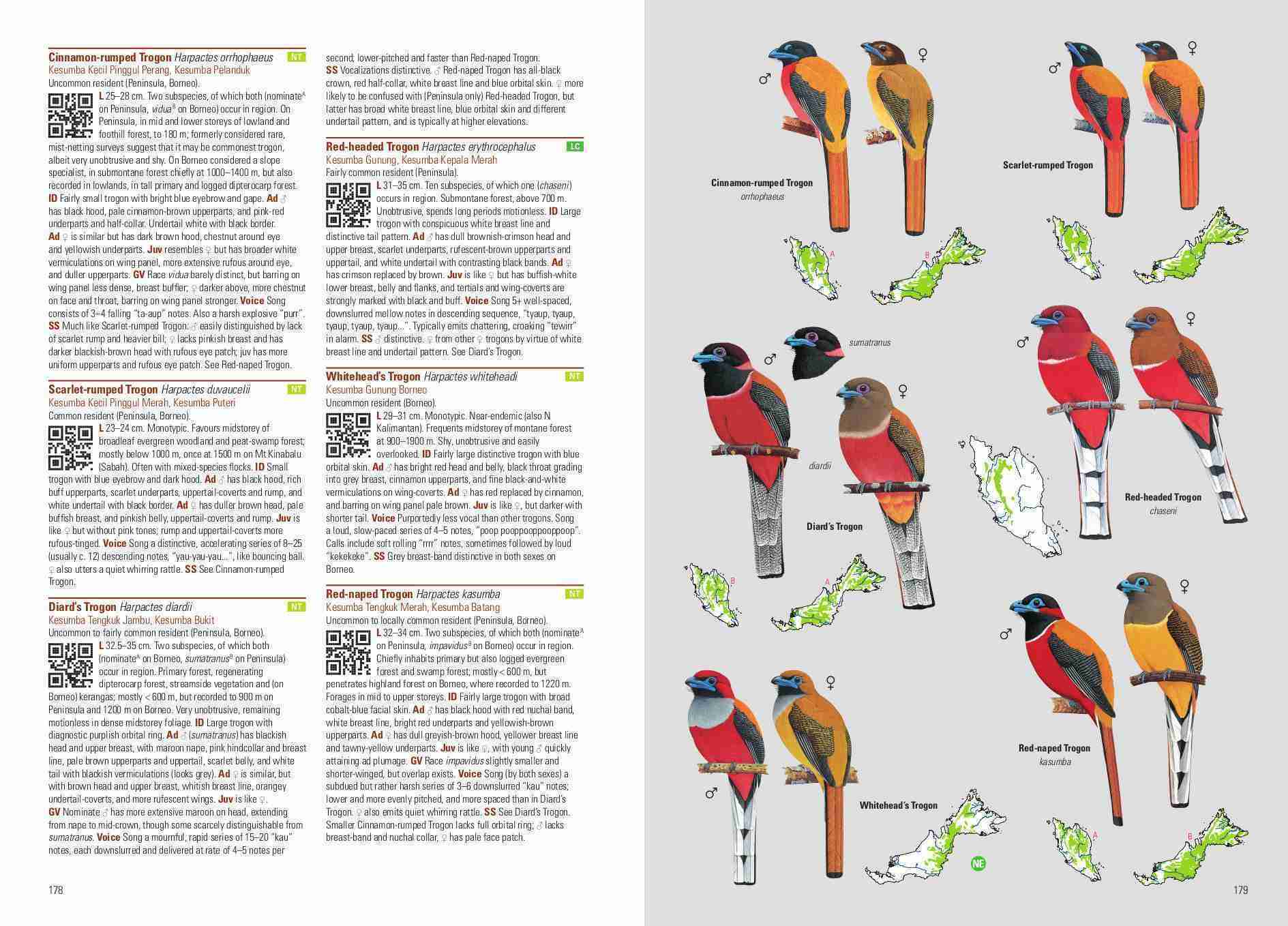
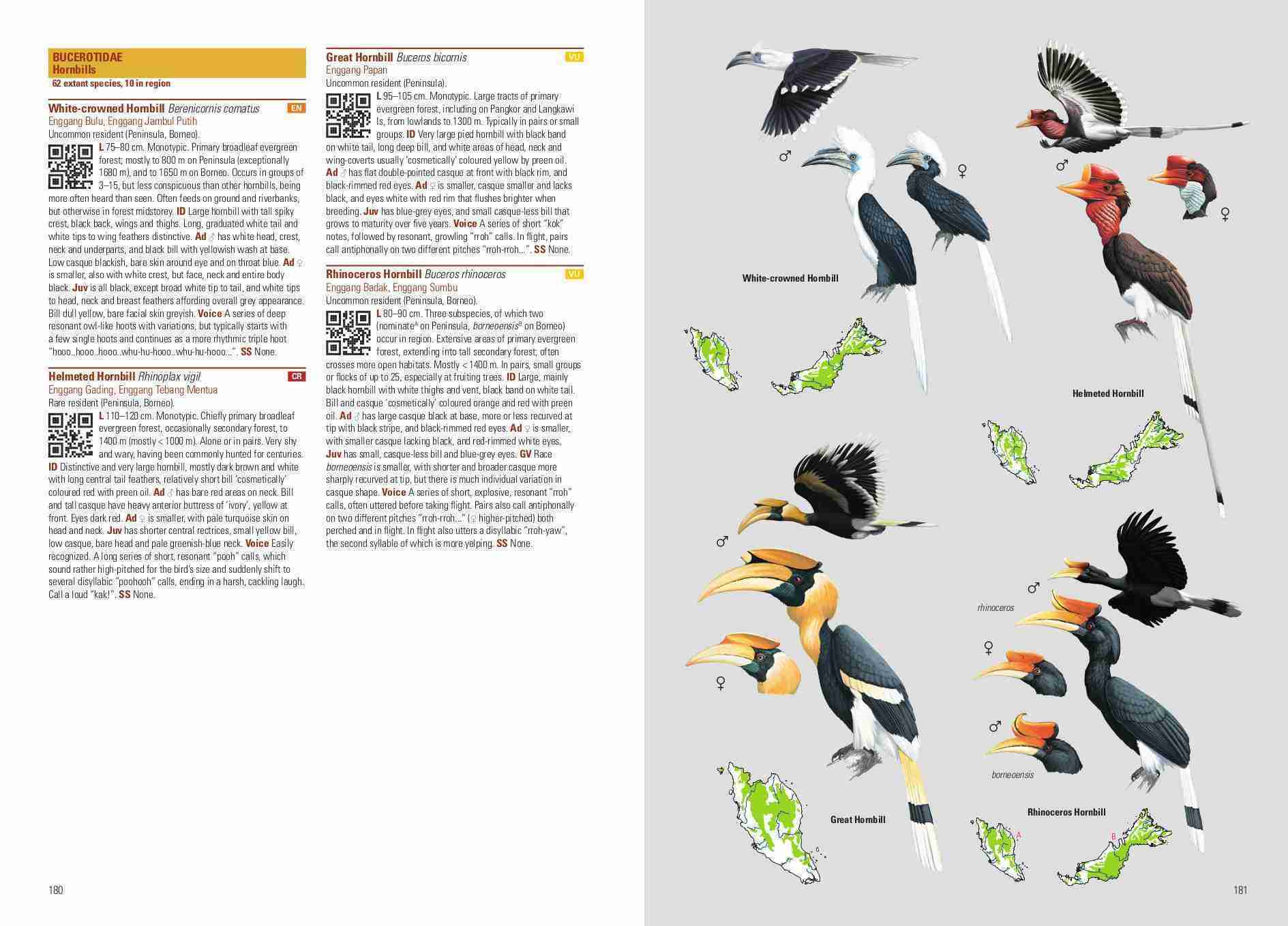
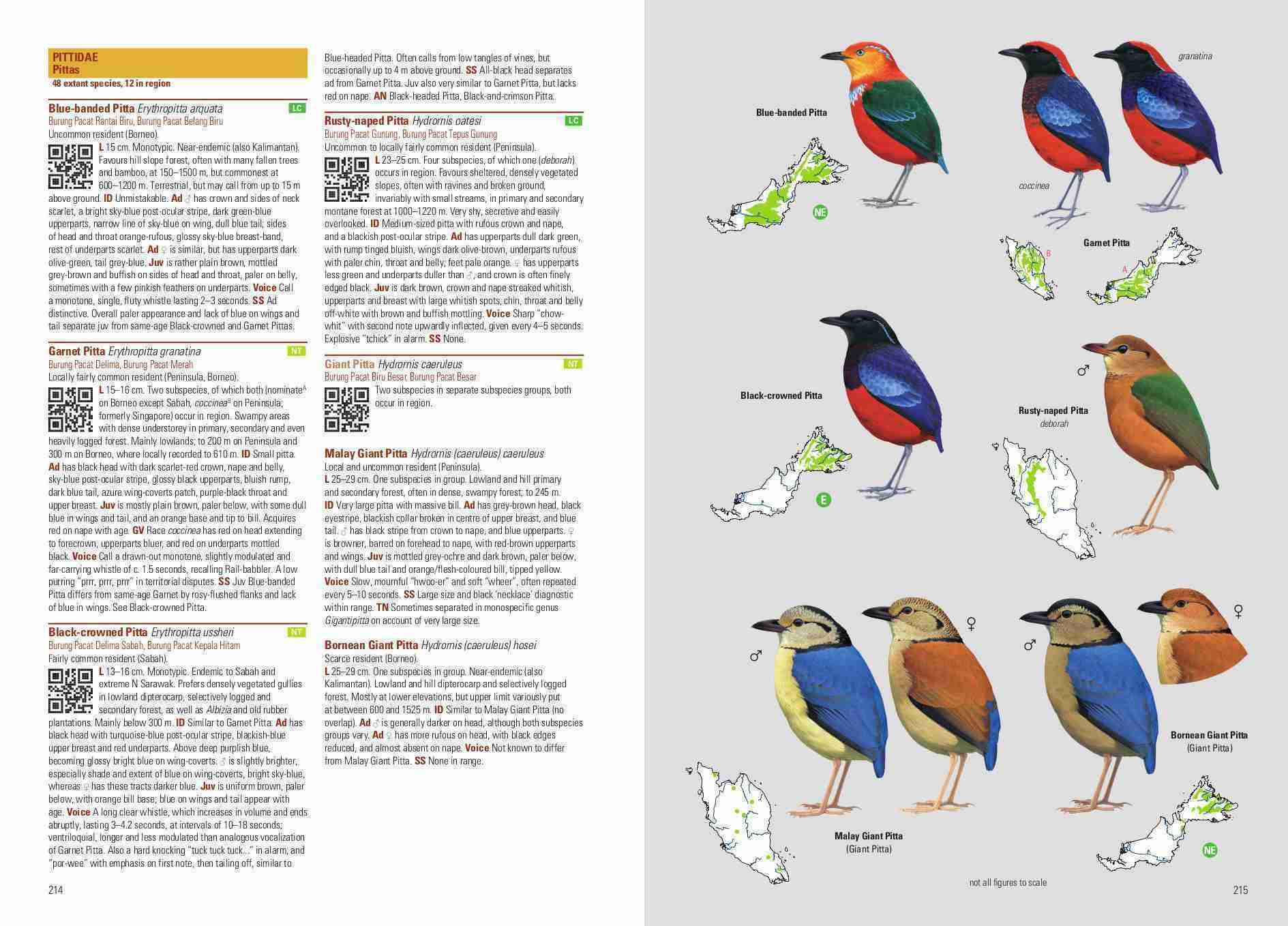

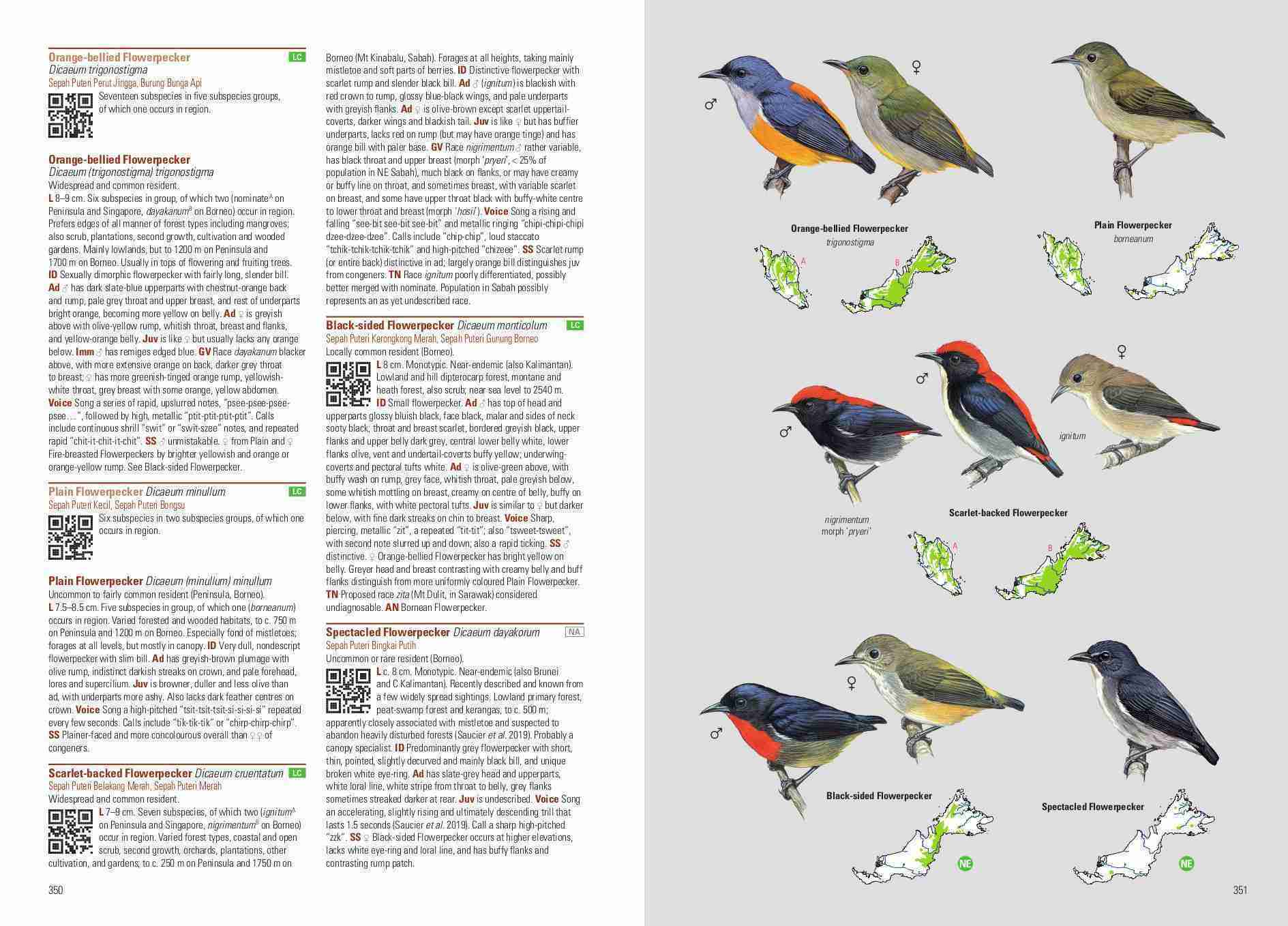
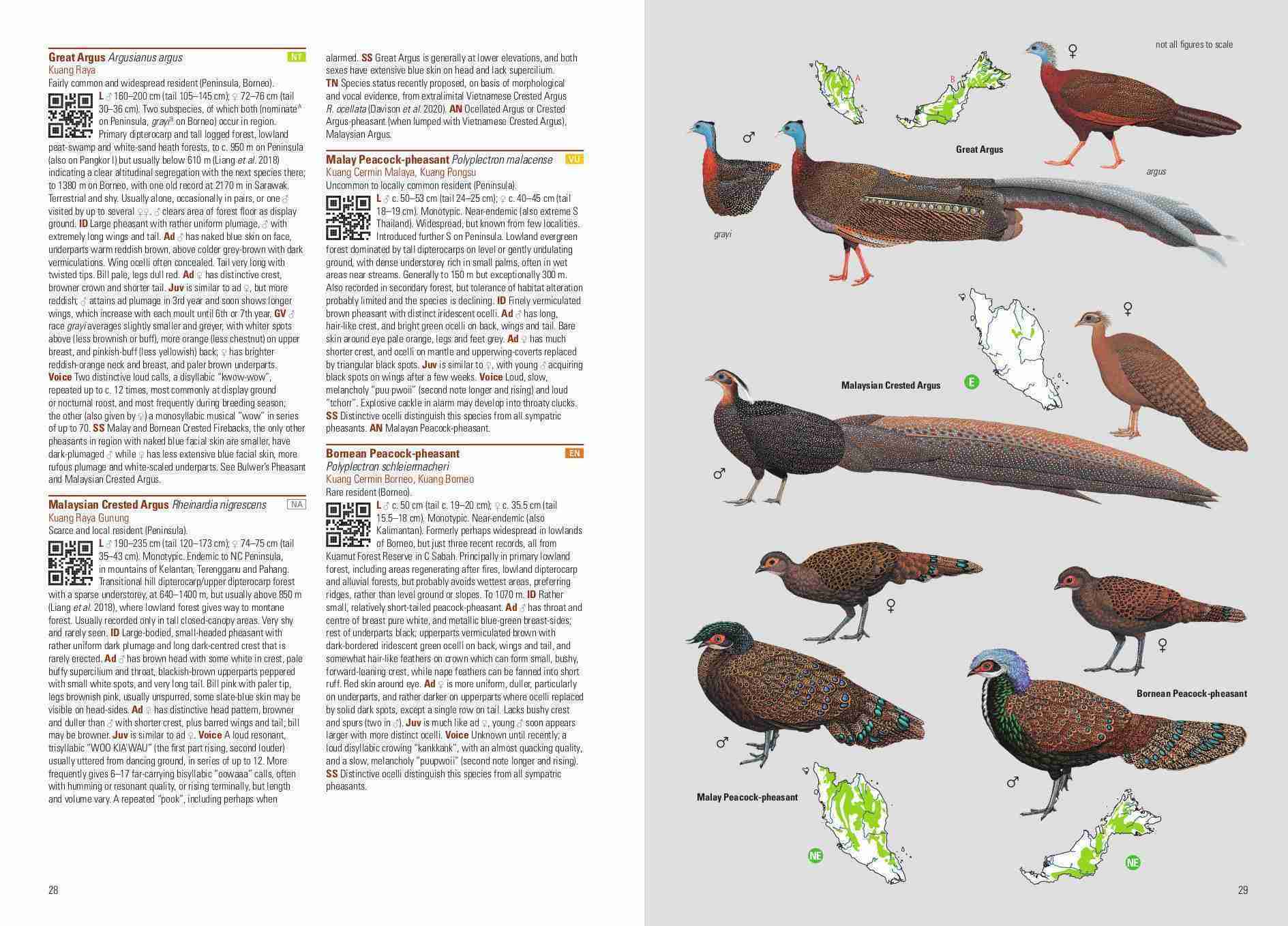

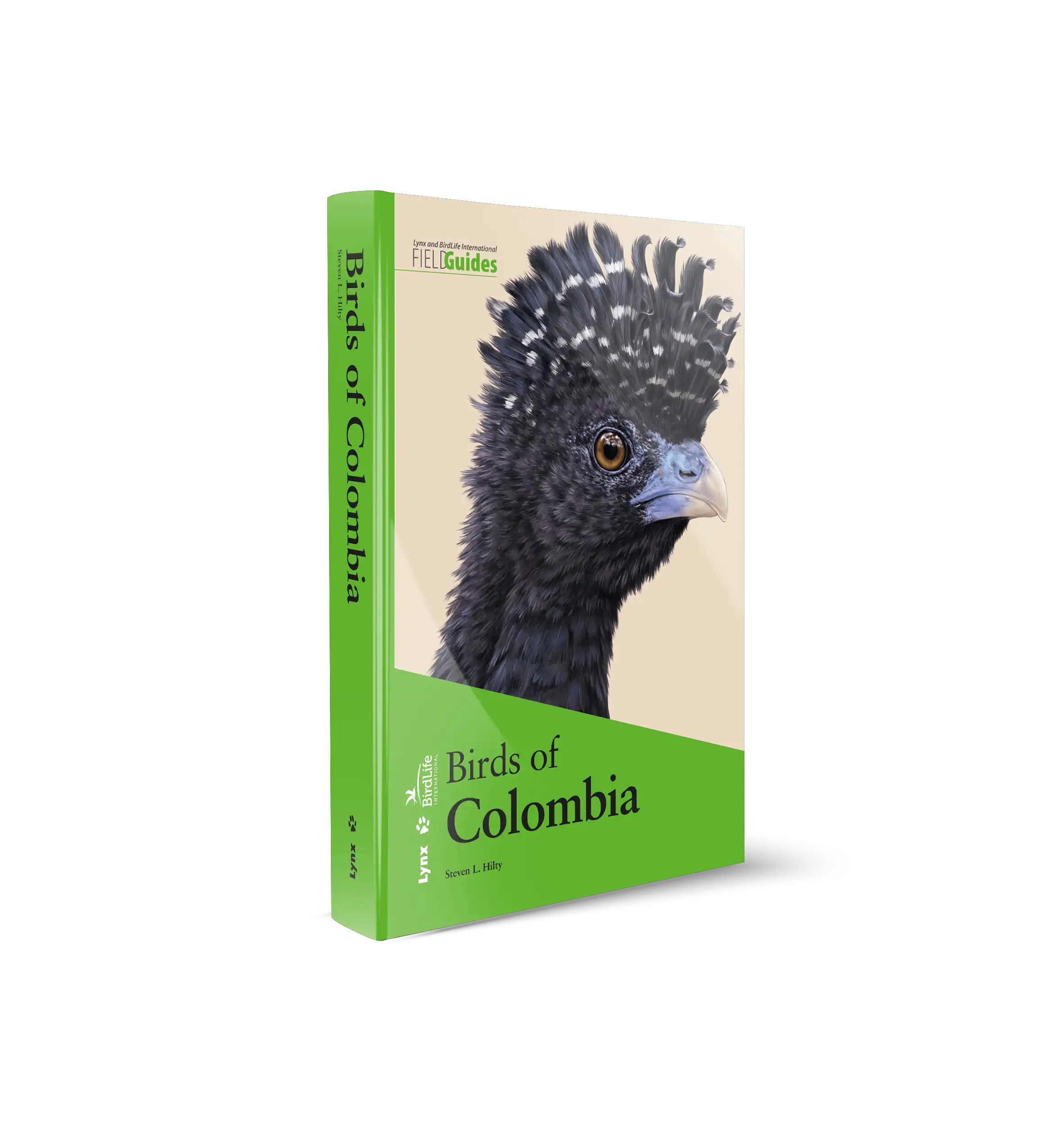
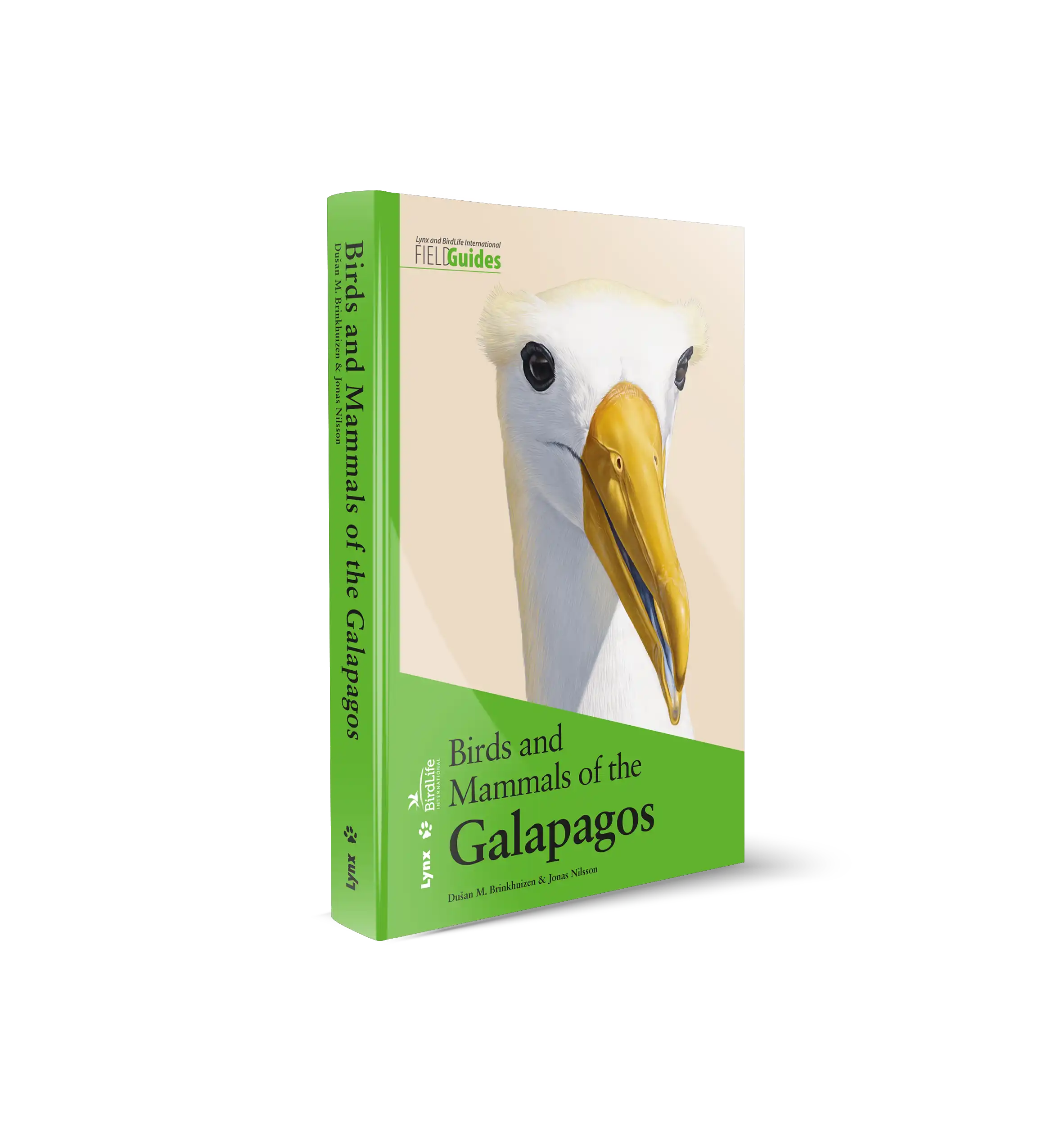
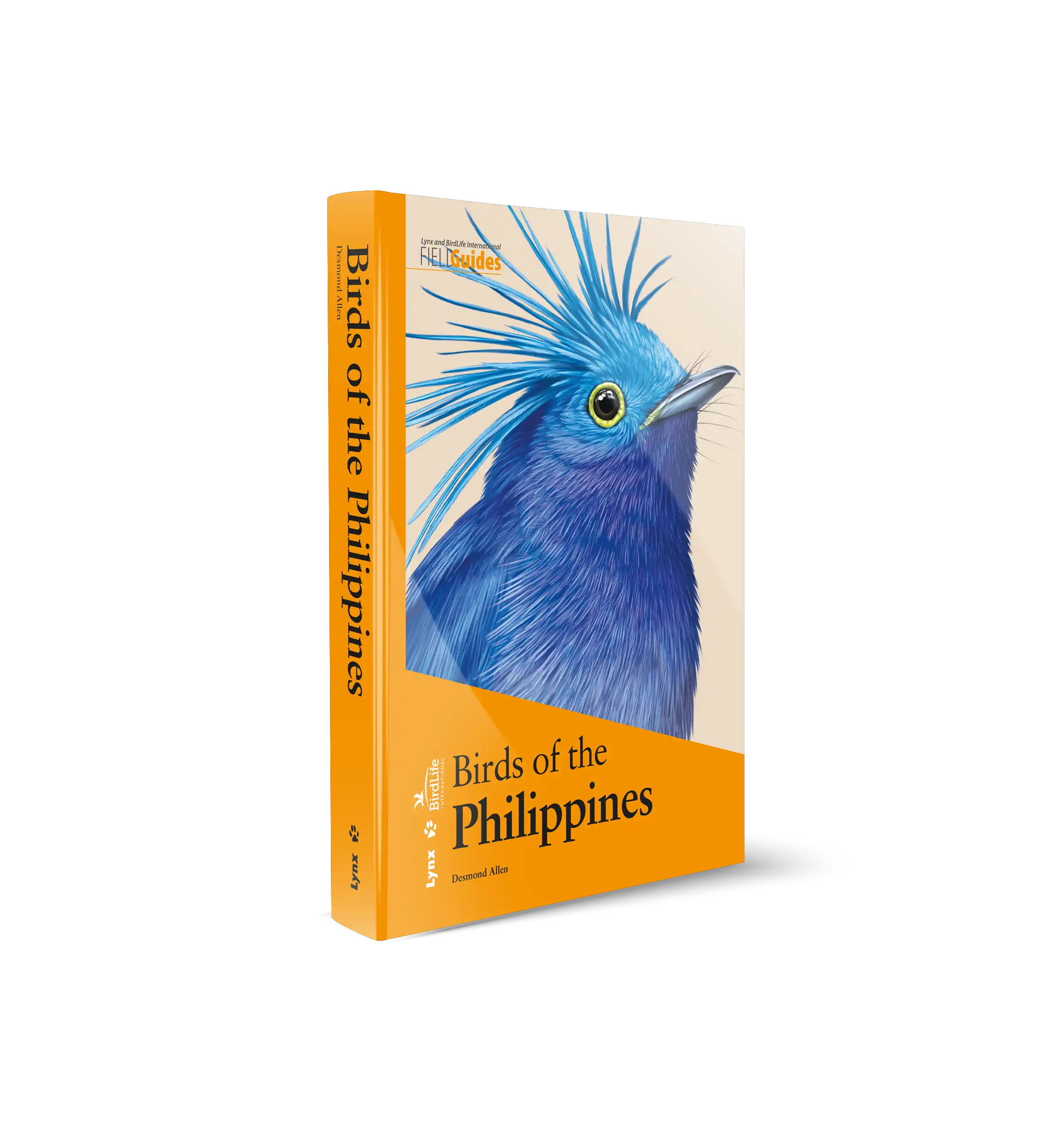
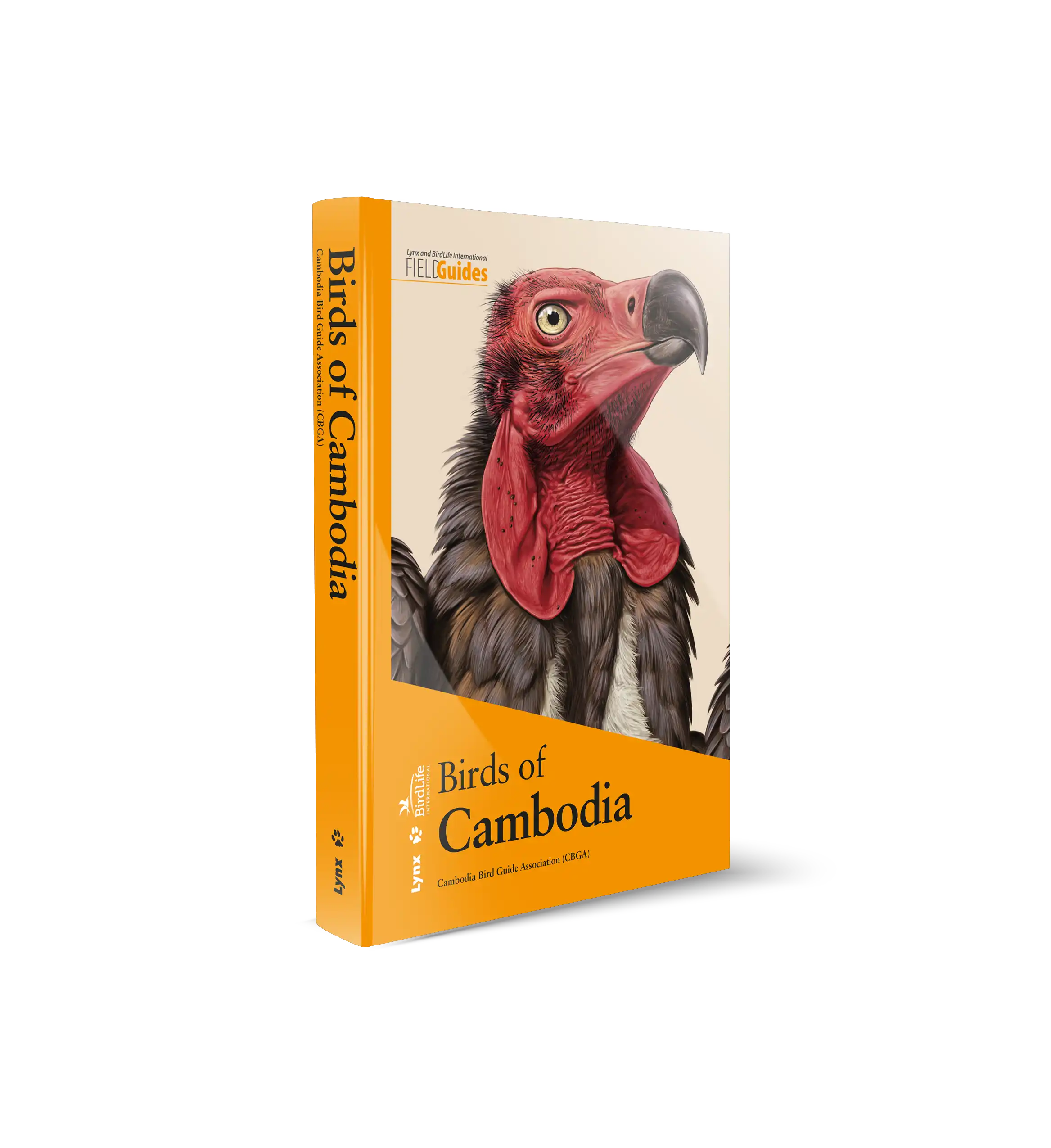
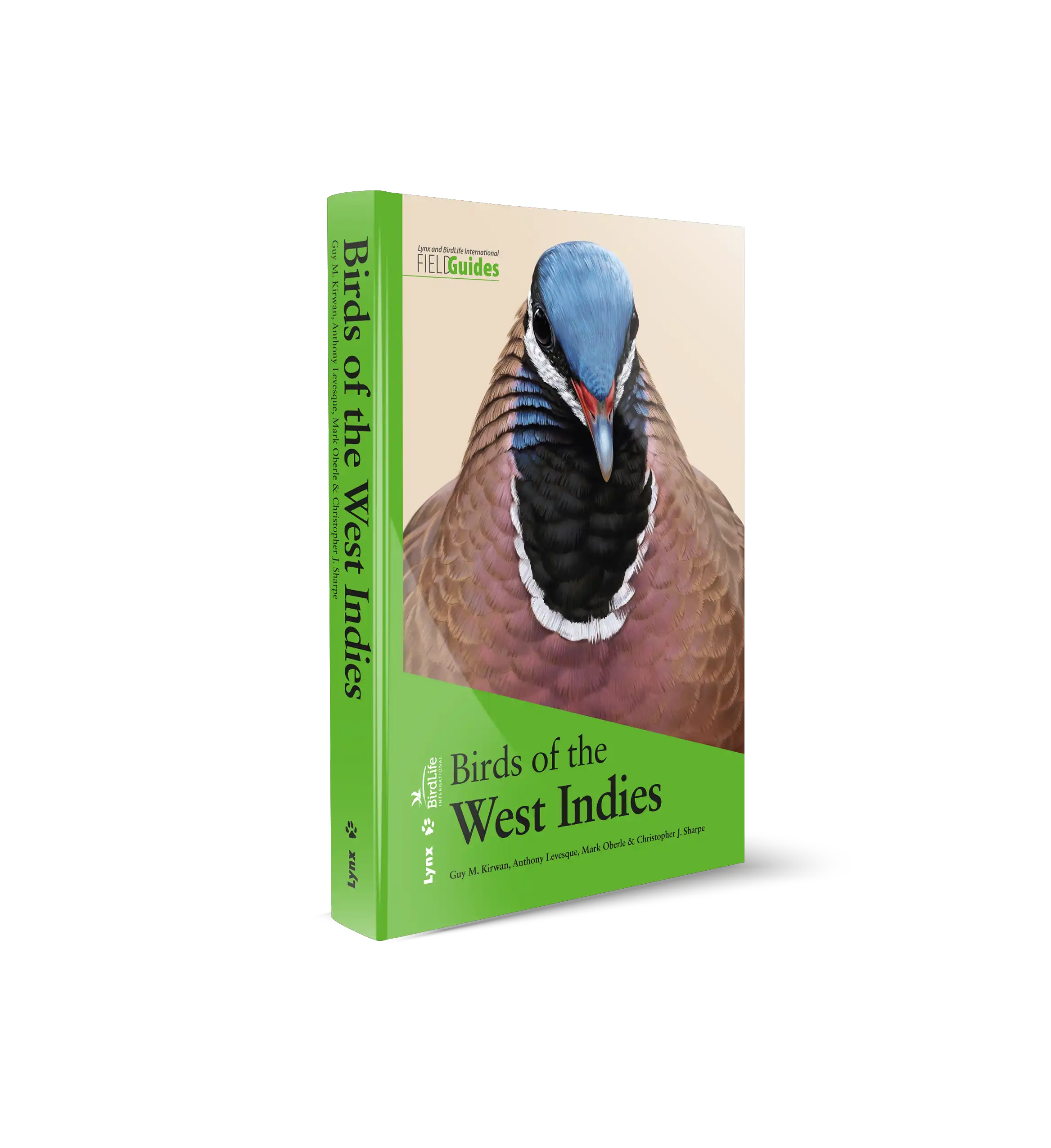
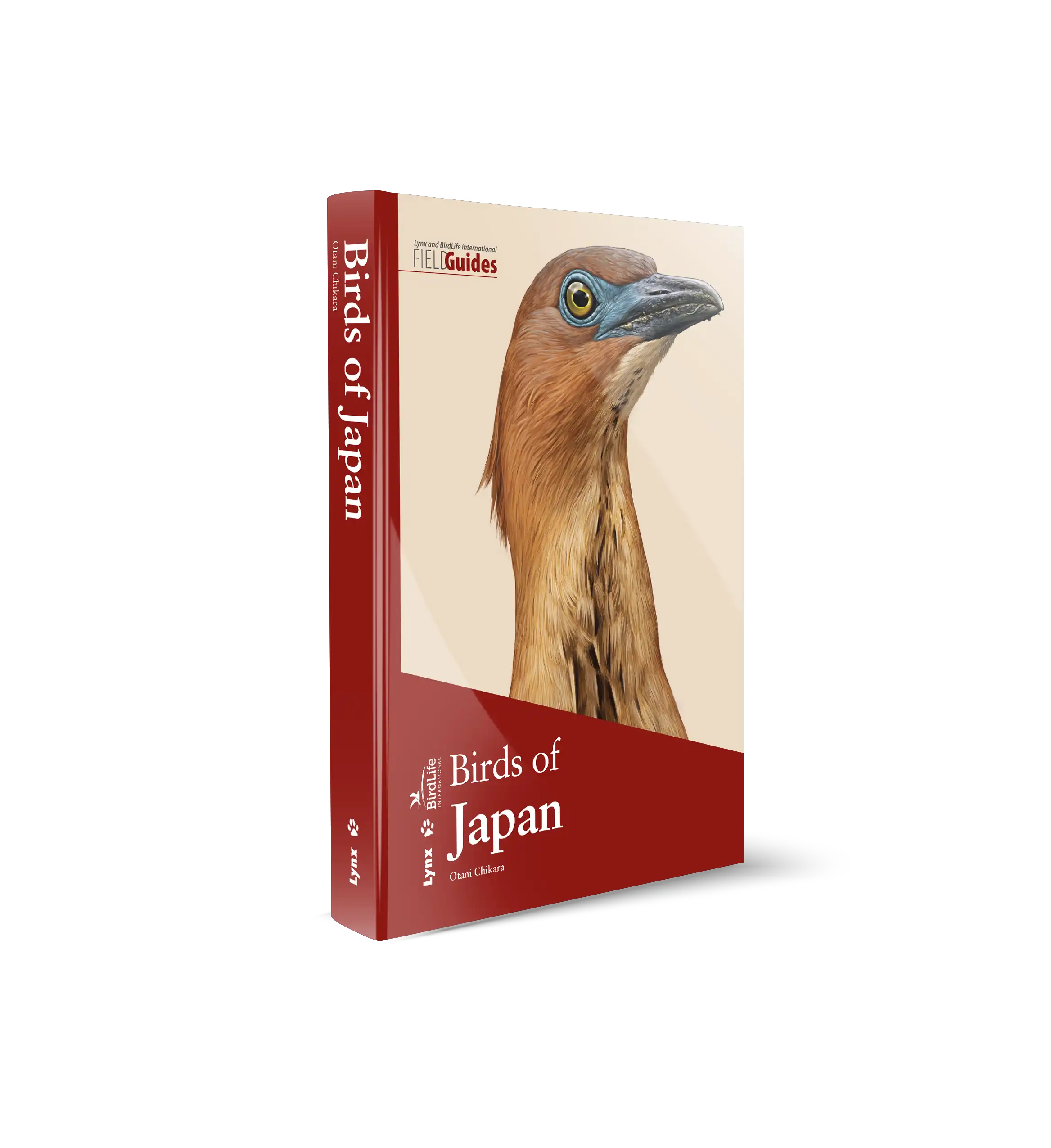

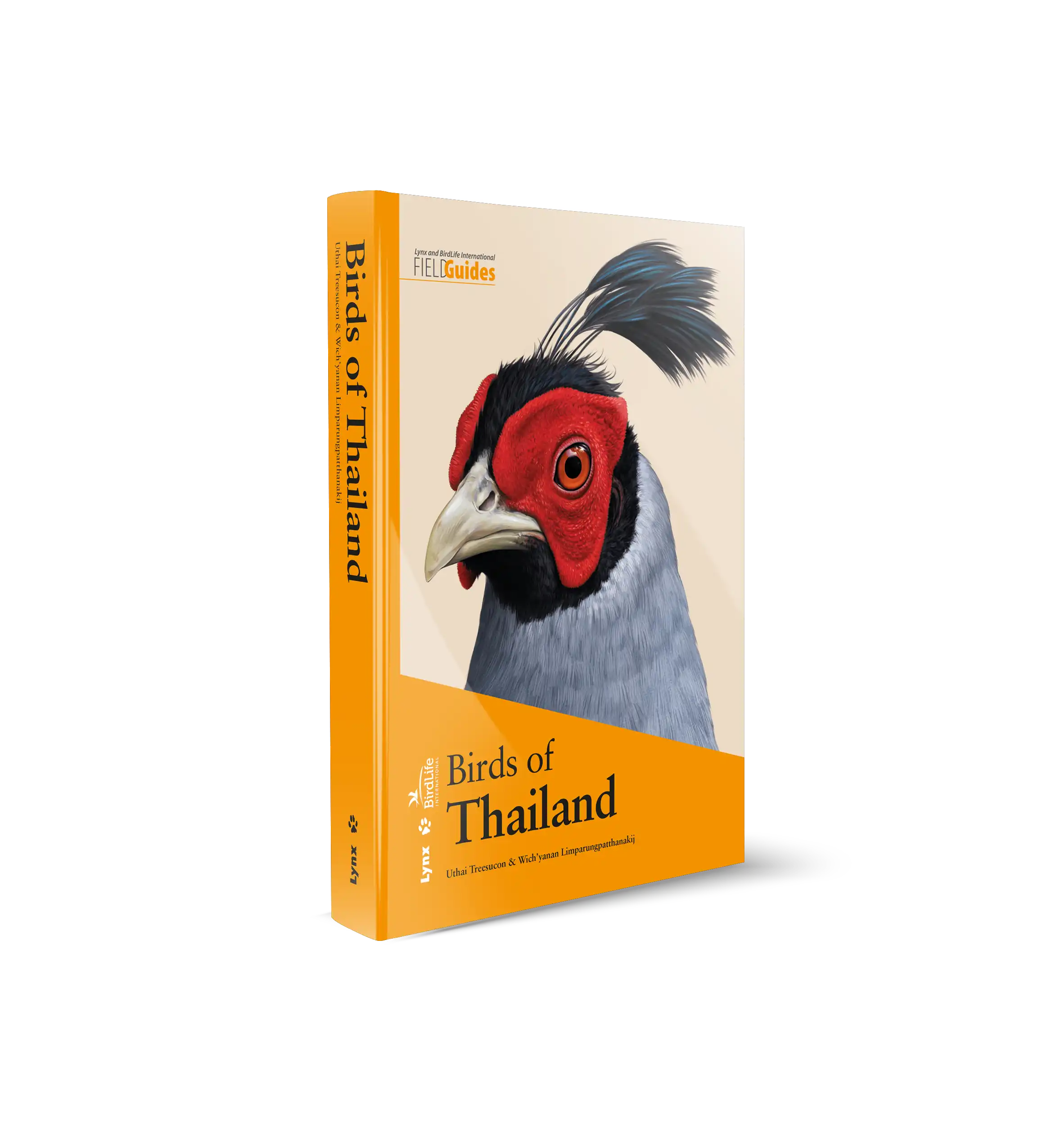
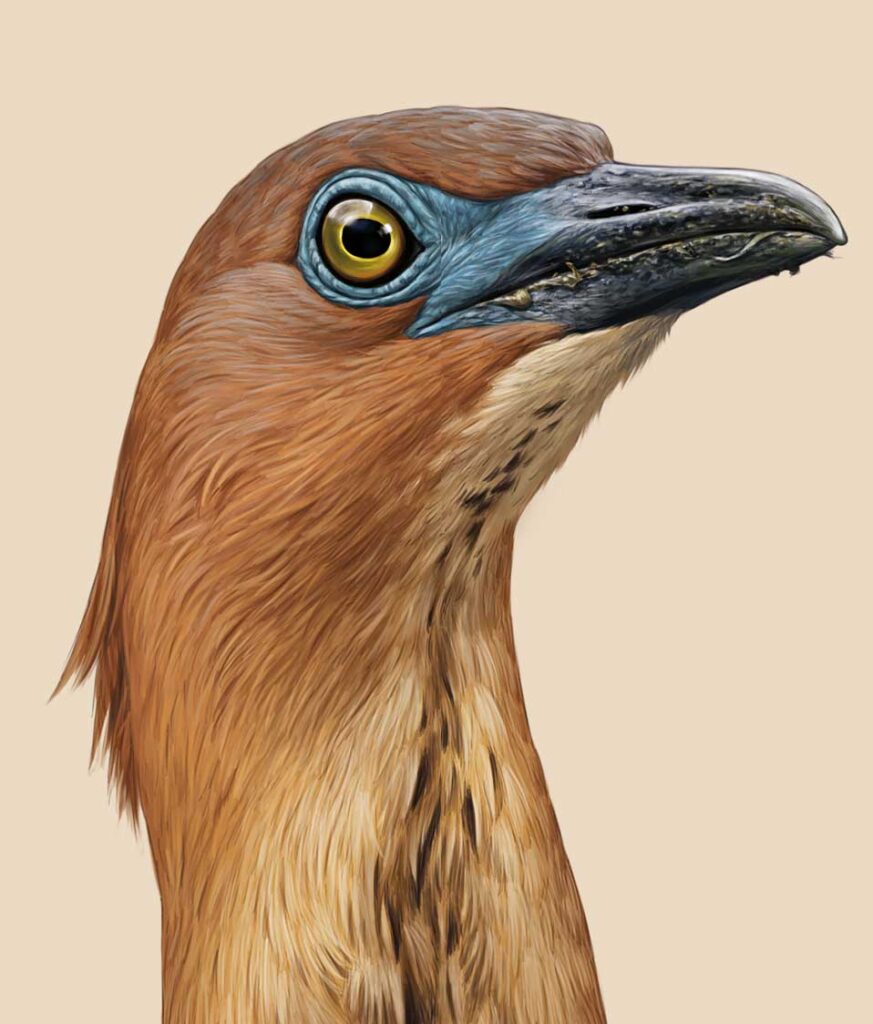








 Copyright 2026 © Lynx Nature Books
Copyright 2026 © Lynx Nature Books
Henry Goh –
It’s an excellent field guide both from the standpoint of thoroughness in information and illustrations. The region and species covered is comprehensive. It will be well received by the birding community in the Asian region and the rest of the world.
Gehan de Silva Wijeyeratne –
Malaysia is one of my favourite birding destinations because it has great birds, good food and good infrastructure. The latter means that there is good public transport even for budget birders who want to get to some fabulous birding sites many of which have a wide range of accommodation options for different budgets. There are not many tropical destinations where within an hour of arrival at the airport you can be in a beautiful patch of cloud forest with wonderful birds. On my first trip to Malaysia, I used A.G. Glenister’s ‘The Birds of the Malay Peninsula, Singapore and Penang’ published in the 1970s which was only sparsely illustrated. I used this together with ‘A Field Guide to the Birds of South-East Asia: Covering Burma, Malaya, Thailand, Cambodia, Vietnam, Laos and Hong Kong’ by Ben F. King and Edward C. Dickinson. Over the years my trips have involved different books as better illustrated Malaysian field guide became available. Allen Jeyarajasingham’s ‘A Field Guide to the Birds of Peninsular Malaysia and Singapore’ and a ‘Field Guide to the Birds of Borneo, Sumatra, Java, and Bali’ by John McKinnon and Karen Phillipps are noteworthy. These titles by Oxford University Press and Collins were later joined by books from Bloomsbury (Helm Field Guides) and John Beaufoy Publishing.
2020 is proving to be a bumper year for Malaysian birders with the addition of two significant books which now cover all of political Malaysia covering Peninsular Malaysia and Malaysian Borneo, together with Singapore. The first to arrive was ‘Birds of Malaysia and Singapore’ by John Beaufoy Publishing (JBP) co-published with Princeton University Press and following close on its heels, this title ‘Birds of Malaysia: Covering Peninsular Malaysia, Malaysian Borneo and Singapore’ by Lynx Edicions. An abundance of field guide riches.
Although I don’t usually like directly comparing books in a review, given that the Lynx book arrived so soon after the JBP, for a meaningful review, a comparison is needed as both books for the first time provide in a single field guide, coverage of the political unit of Malaysia. I should add that despite political boundaries, there are significant biogeographical differences between Peninsular Malaysia and Malaysian Borneo, which is one reason why some of the other very good field guides tend to focus on one part or the other. Not surprisingly there are many features in common between the JBP and Lynx books. Both books in the front or end sections contain a useful listing of key birding sites accompanied by location maps. Both adopt the now universal style of text facing the plates. The Lynx is a slightly bigger shape in the standard format for its series. I checked that both books slip comfortably into the large pockets designed for birders in my Country Innovation waterproof jacket which is a favourite with British Birders. Both books have their strengths. The JBP has a simpler layout and is easier on the eye. It is arguably pitched at a more populist audience and may well do better with in-country people who are getting into birding and progressing from the smaller more populist photographic guides which are starter books. The Lynx has the text appearing to be busier and may appeal to the more geeky birders and those visiting birders who are very keen on the splits and lumps as these impact their world lists. Therefore, it very much boils down to what level of birder you are and what you want. Some may find the discussion of molecular phylogenetics in the species account a tad off putting. Others may relish it. I am a fan of both books because they both serve different audiences and different levels of progression in birding ability.
Focussing on the Lynx book, this title continues with the use of QR codes which have been introduced in the Lynx Edicions and Bird Life International Field Guide series. If you want to hear Reddish Scops Owl or view some photographic images, just hold your smartphone camera over it and it will take you to a website with additional audiovisual resources. It is convenient and saves a little time with typing in an internet search. Admittedly, in most rainforest birding situations good internet or any internet may not be available at all. But in the trip planning stages and when doing some armchair research, it is useful. I also like the availability of distribution maps for each species and them being located on the plate beside the bird. This may compromise the aesthetics of an otherwise beautiful plate of birds, but is effective. The bulk of the book is taken by the species accounts (pages 28-378) with three pages of key references. The front and back inside covers have a map of the region, with the one in the back numbered with 50 key birding sites which are described with a reasonable amount of detail in the introductory front section (pages 13-20). Three pages are devoted to explaining how to use the field guide and the concept of a ‘subspecies group’ is introduced; a feature described as being novel to a field guide. The subspecies group is introduced as an informal taxonomic unit that sits somewhere between a species and a subspecies.
The species accounts are as with the other titles in the series, a distillation of information from the monumental Handbook of the Birds of the World (HBW) series with information distilled on identification (including vocalisations) together with information on distribution and taxonomic status. In addition to serving as a local field guide, it serves as a bite-sized introduction to the wealth of taxonomic information that was brought together in the HBW. It therefore helps to raise technical standards in a more local and affordable single book. The plates in this book derived from HBW are from 29 of the world’s best bird illustrators and as can be expected, are to a very high standard. On the whole, this is another superb title in the series which is a strong addition to the field guide literature for this region.